Considering a Ragdoll cat and wondering if this breed is the right fit for you? With their captivating blue eyes, sweet expressions, and gentle nature, it’s easy to see the allure of Ragdoll cats. After living with my two Ragdolls, Teemo and Arya, for three wonderful years, I’m sharing ten crucial things you should be aware of before welcoming a Ragdoll cat into your life.
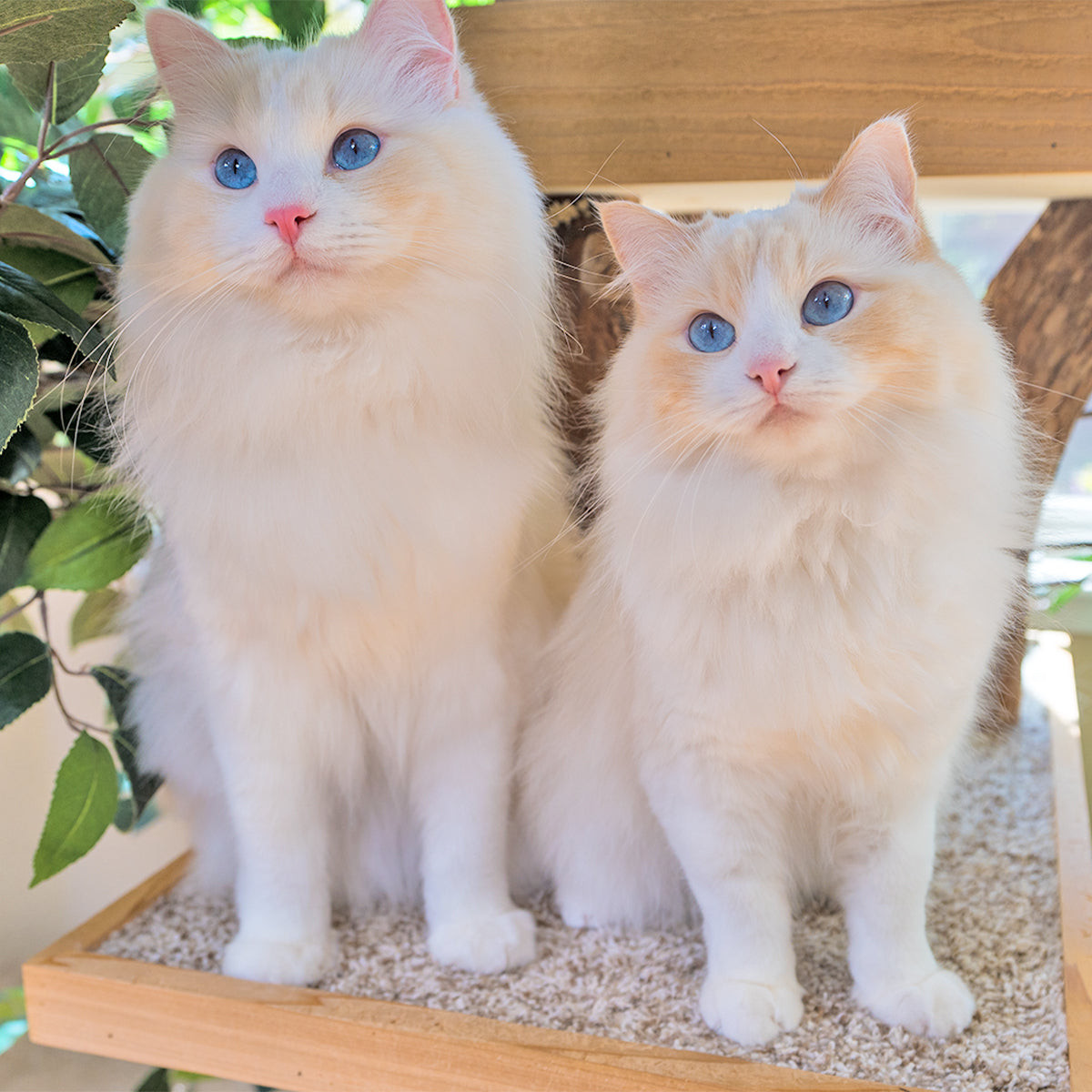 Teemo and Arya Cream Bicolor Ragdolls
Teemo and Arya Cream Bicolor Ragdolls
My beloved Ragdolls, Teemo and Arya, showcasing the beautiful Cream Bicolor pattern.
1. The Definition of a Floppy Cat
The name “Ragdoll” perfectly describes this breed’s signature trait: their tendency to go completely limp and relaxed when picked up. This is why they’re affectionately known as “floppy cats.” Unlike many cats who resist being held, Ragdolls often melt into your arms, much like a rag doll. They are masters of relaxation and thrive on attention and affection, happily going limp when cradled. While most Ragdoll cats exhibit this endearing floppy characteristic, it’s worth noting that not every individual cat may display it to the same degree.
2. A Puppy-Like Personality in a Feline Body
Ragdolls are renowned for their docile, gentle, and sweet personalities, often described as puppy-like. They are notably dependent and cherish being close to their human companions. Much like dogs, Ragdoll cats may greet you at the door when you arrive home, seek your lap for comfort when you’re unwell, eagerly solicit cuddle sessions, and follow you from room to room. This breed is deeply affectionate and thrives on human interaction, making them wonderful companions for children and friendly additions to multi-pet households. Some Ragdoll cats even exhibit dog-like playfulness, such as enjoying a game of fetch.
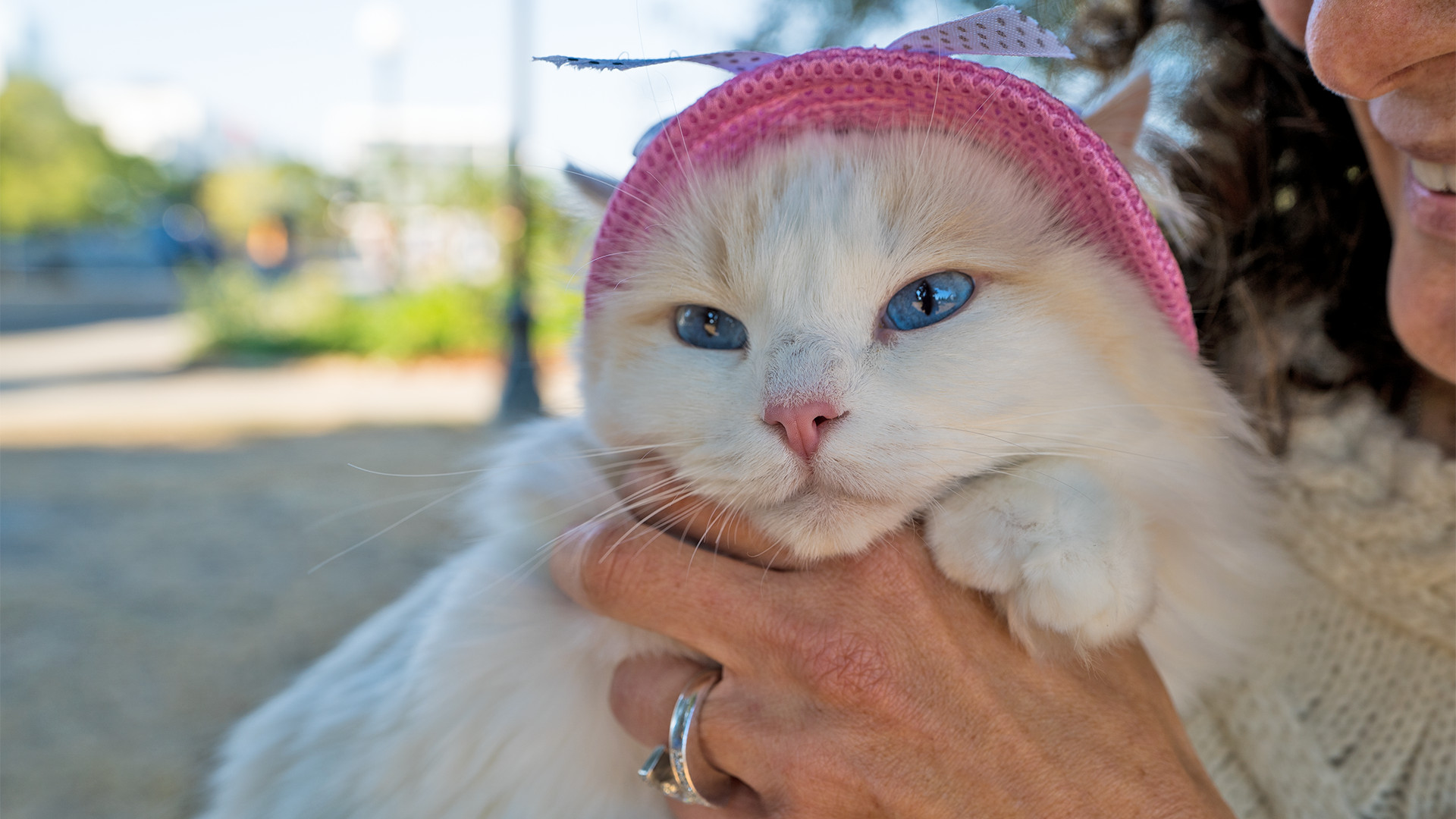 Cream Bicolor Ragdoll Cat Olivia
Cream Bicolor Ragdoll Cat Olivia
Olivia, a beautiful Cream Bicolor Ragdoll and mother to my cats, radiates the breed’s gentle charm.
3. Striking Appearance: Blue Eyes and Colorpoint Coats
When it comes to appearance, purebred Ragdoll cats are instantly recognizable by their stunning blue eyes, a defining feature according to breed standards. Ragdolls boast four primary coat patterns: bicolor, van, mitted, and colorpoint. These patterns are further diversified by six main colors: seal, blue, chocolate, lilac, red, and cream. Interestingly, all Ragdoll kittens are born completely white, with their distinctive colors gradually becoming visible around 8 to 12 weeks of age. Their semi-long coats are not only plush and silky to the touch but also contribute to their overall regal appearance.
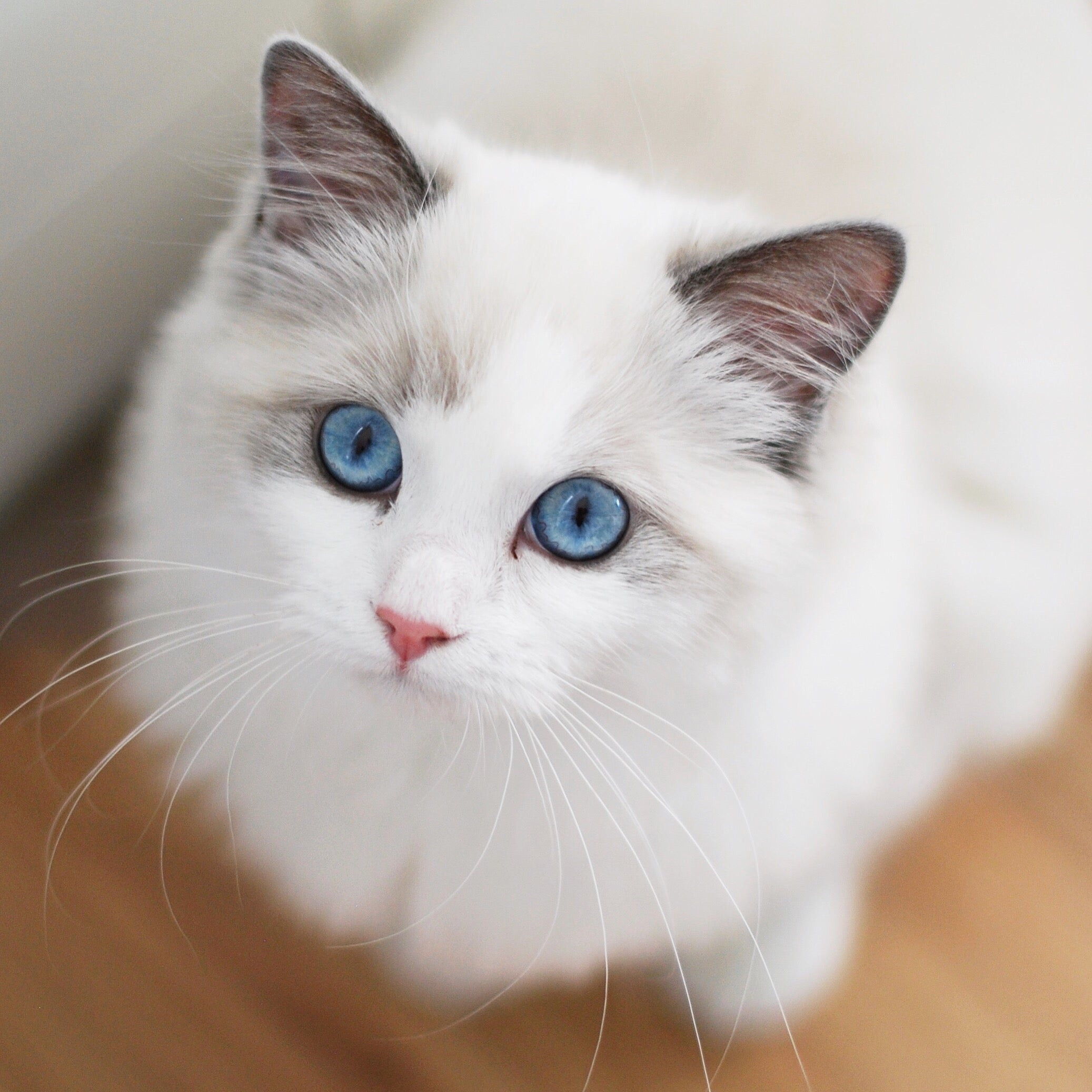 Blue Bicolor Ragdoll Cat
Blue Bicolor Ragdoll Cat
A captivating Blue Bicolor Ragdoll cat, showcasing the breed’s iconic blue eyes and striking coat pattern.
4. Long and Loving Lifespans
Ragdoll cats are known for their longevity, bringing years of companionship. On average, the lifespan of a Ragdoll cat ranges from 15 to 20 years. Several factors can contribute to a longer and healthier life for your Ragdoll, including feeding a high-quality, raw meat-based diet, keeping them as indoor cats to protect them from outdoor hazards, neutering or spaying, and ensuring they receive excellent veterinary care throughout their lives. Some Ragdolls have even been known to live up to the remarkable age of 25. It’s also worth noting that Ragdolls are a slow-maturing breed, typically reaching full adulthood around the age of four.
5. Understanding HCM: A Breed-Specific Health Consideration
Hypertrophic cardiomyopathy, or HCM, is the most prevalent cardiac disease in cats, and it’s a health concern to be aware of with Ragdolls. HCM involves the thickening of the heart walls, which can reduce the heart’s efficiency and potentially lead to sudden cardiac death. In Ragdoll cats, HCM is often inherited due to specific genetic mutations within the breed. Reputable Ragdoll breeders understand this risk and take proactive steps to minimize it. They typically test Ragdoll kittens for the HCM mutation and provide guarantees that their kittens are HCM negative. Choosing a kitten from a responsible breeder is crucial in mitigating the chances of your Ragdoll developing HCM.
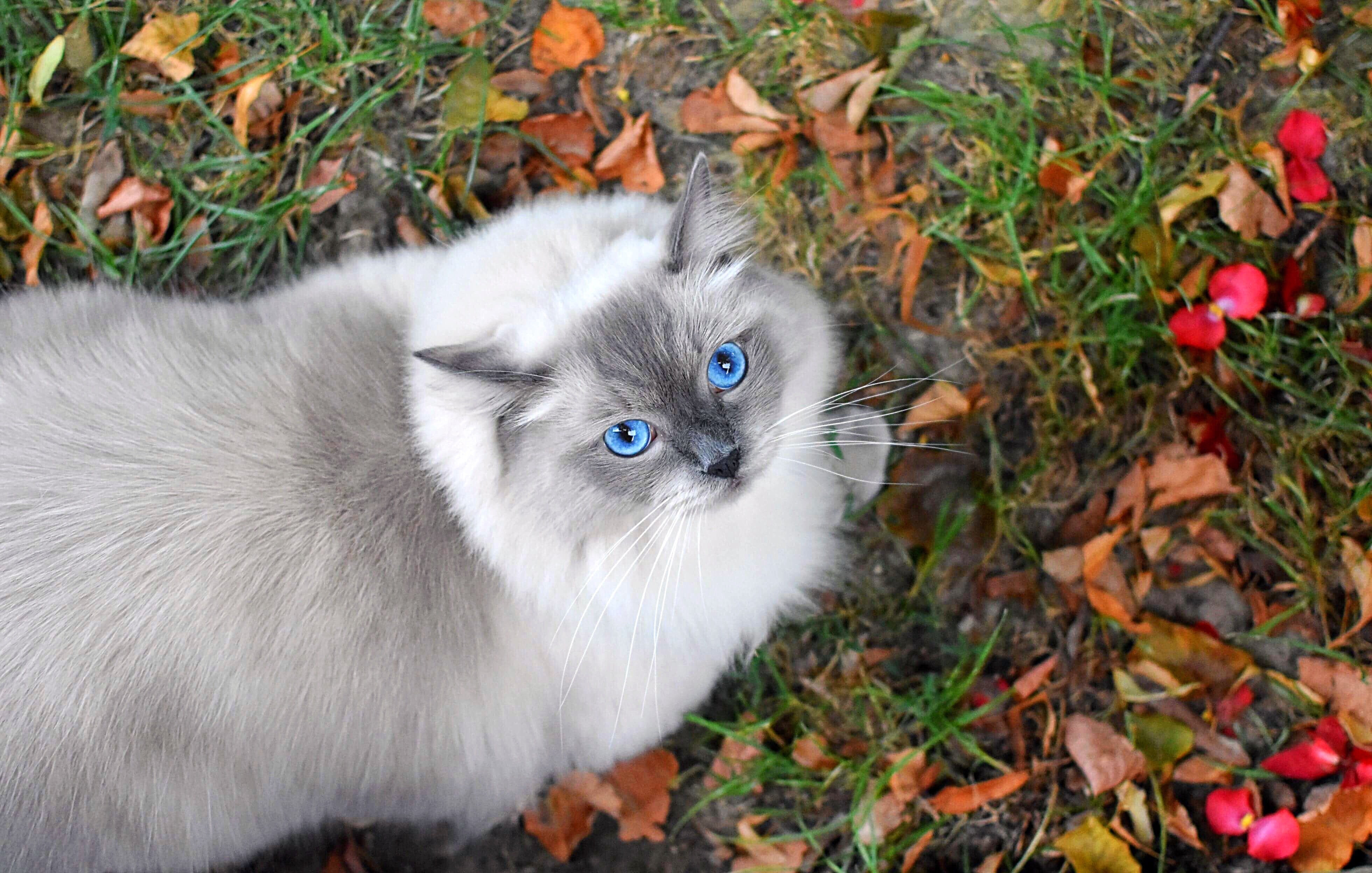 Blue Mitted Ragdoll Cat
Blue Mitted Ragdoll Cat
A charming Blue Mitted Ragdoll, illustrating another popular coat pattern in this breed.
6. Companionship Seekers: Ragdolls and the Need for Company
Ragdoll cats are not independent felines who thrive in solitude. They are significantly more social and require more attention than many other cat breeds. If you are frequently away from home for extended periods, consider providing your Ragdoll with a companion. Having another cat or a friendly pet can prevent loneliness and ensure your Ragdoll has company and interaction when you’re unavailable to play, such as during work hours or while you’re asleep. This companionship can enrich the lives of both you and your cats, preventing potential behavioral issues stemming from loneliness, such as destructive scratching or excessive meowing. Providing scratching posts, like the one shown below, can further help redirect scratching behaviors.
Explore Scratching Posts
For my own Ragdolls, Teemo and Arya, adopting them as littermates was the best decision. They constantly cuddle, play wrestle, and even engage in games of hide-and-seek, showcasing the joy of feline companionship.
7. Gentle Giants: The Size of a Ragdoll
Ragdoll cats are undeniably large and substantial felines. A fully grown male Ragdoll can weigh up to 20 pounds, while females typically range from 8 to 15 pounds. Despite their imposing size, Ragdolls are not known for aggressive hunting instincts or territorial behavior. They lack the self-defense skills needed against stray animals, so it’s crucial to keep them indoors, especially when unsupervised. Their large size, however, contributes to their exceptional cuddliness and teddy-bear-like nature, making them ideal for snuggling. When holding a Ragdoll, ensure you provide ample support with both hands. Their size also necessitates larger accommodations, such as bigger litter boxes and beds, like the cozy cat cave pictured below. Creating a living space that comfortably accommodates a larger cat is essential.
Discover Cat Caves
8. Shedding Considerations: Grooming Your Ragdoll
As a long-haired breed, Ragdoll cats do shed, and it’s something to be prepared for. The amount of shedding can fluctuate based on temperature, season, and their diet. Ragdolls typically develop a thicker coat during the winter months, which they then shed in the spring. Regular grooming is essential to help manage shedding, prevent tangles and mats, and minimize loose hair around your home. Fortunately, most Ragdoll cats enjoy the bonding experience of grooming sessions. Daily brushing is recommended to keep their coats healthy and reduce shedding.
9. Not Truly Hypoallergenic: Understanding Allergies
Unfortunately for allergy sufferers, Ragdoll cats are not hypoallergenic. While they lack a dense undercoat, which can sometimes reduce dander-related allergies, the primary allergen for most people is cat saliva. When cats groom themselves, they distribute saliva across their fur. This saliva-coated hair is then shed and dispersed throughout the environment, triggering allergies in sensitive individuals. Therefore, despite their less dense undercoat, Ragdolls can still provoke allergic reactions.
10. The Cost of a Ragdoll Kitten: Investment in Quality
Acquiring a purebred Ragdoll cat, especially a kitten, is not inexpensive. In the United States, Ragdoll kittens from reputable breeders registered with The International Cat Association (TICA) can range in price from $1,500 to $3,500 or even higher, depending on factors like coat quality, pattern, and pedigree. When researching Ragdolls, you may encounter terms like “pet quality” and “show quality.” Show quality cats closely adhere to the breed’s physical ideal and possess exceptional temperaments, making them suitable for cat shows. Pet quality cats may have minor cosmetic variations that don’t meet show standards. Show quality Ragdolls typically command a higher price. Similarly, the classic bicolor pattern can sometimes be more expensive due to its popularity. Thoroughly researching the Ragdoll breed and breeder reputations is crucial for buyer protection. Ethical and responsible Ragdoll breeding involves significant time, effort, and expense. Be cautious if a kitten’s price seems unusually low, as it could indicate a less reputable breeder. Avoid backyard breeders and prioritize breeders who prioritize the health and well-being of their cats.
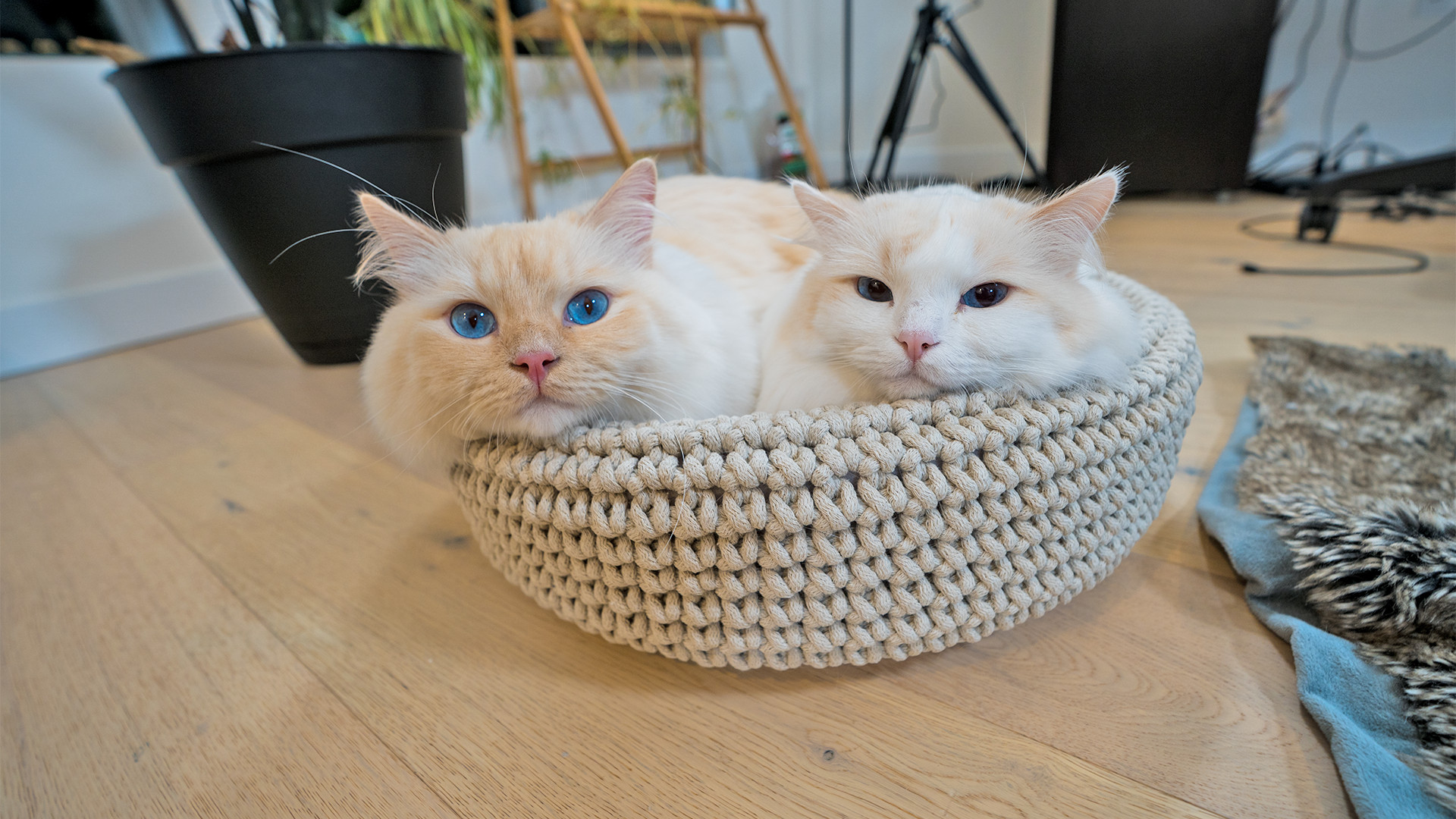 Cream Ragdoll Cats in a Cat Bed
Cream Ragdoll Cats in a Cat Bed
My cat’s brother and mother, Harvey and Olivia, comfortably nestled in a Coco Cat Bed.
Hopefully, this guide has provided valuable insights into the Ragdoll breed.

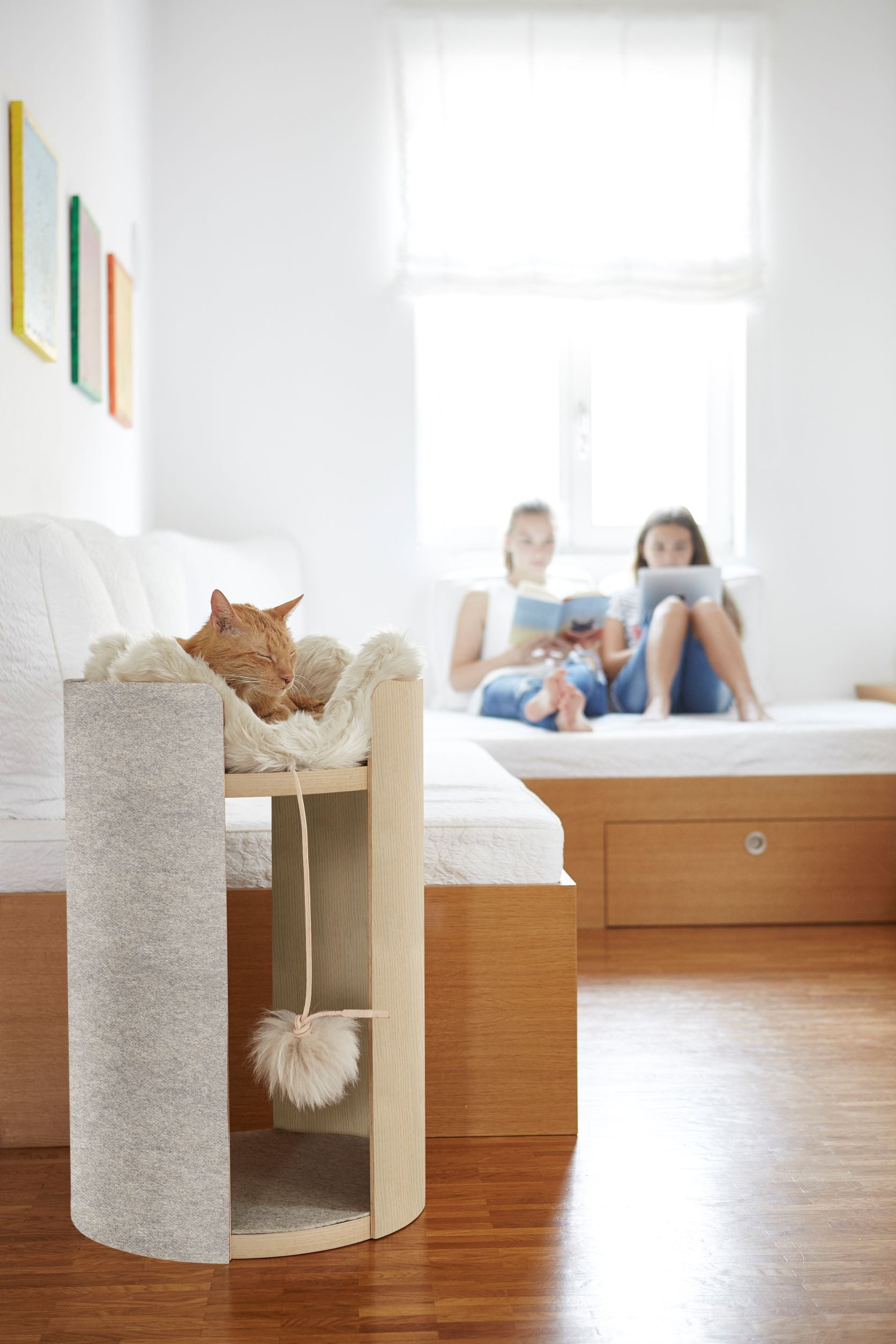 Torre Scratching Post
Torre Scratching Post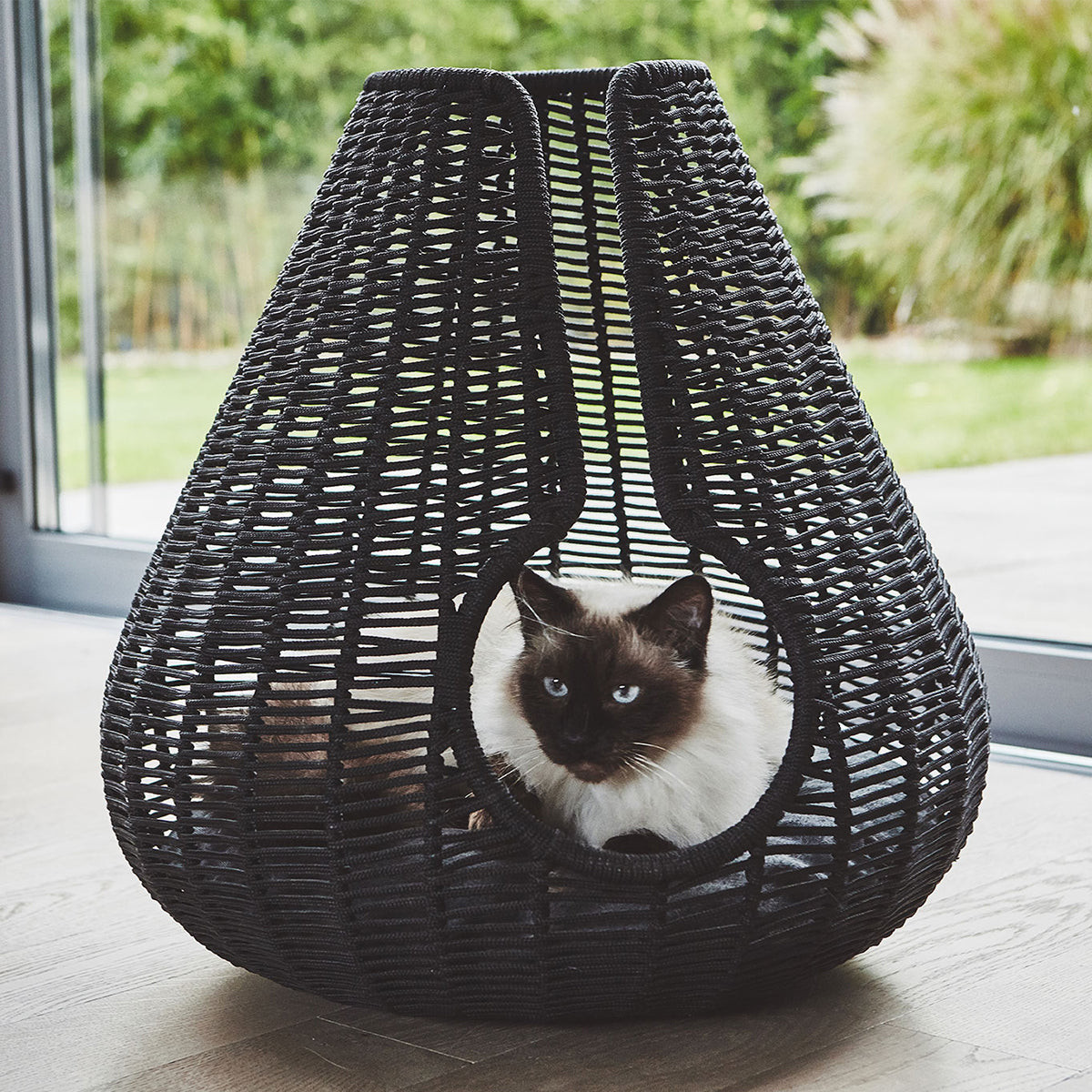 Perla Cat Cave
Perla Cat Cave